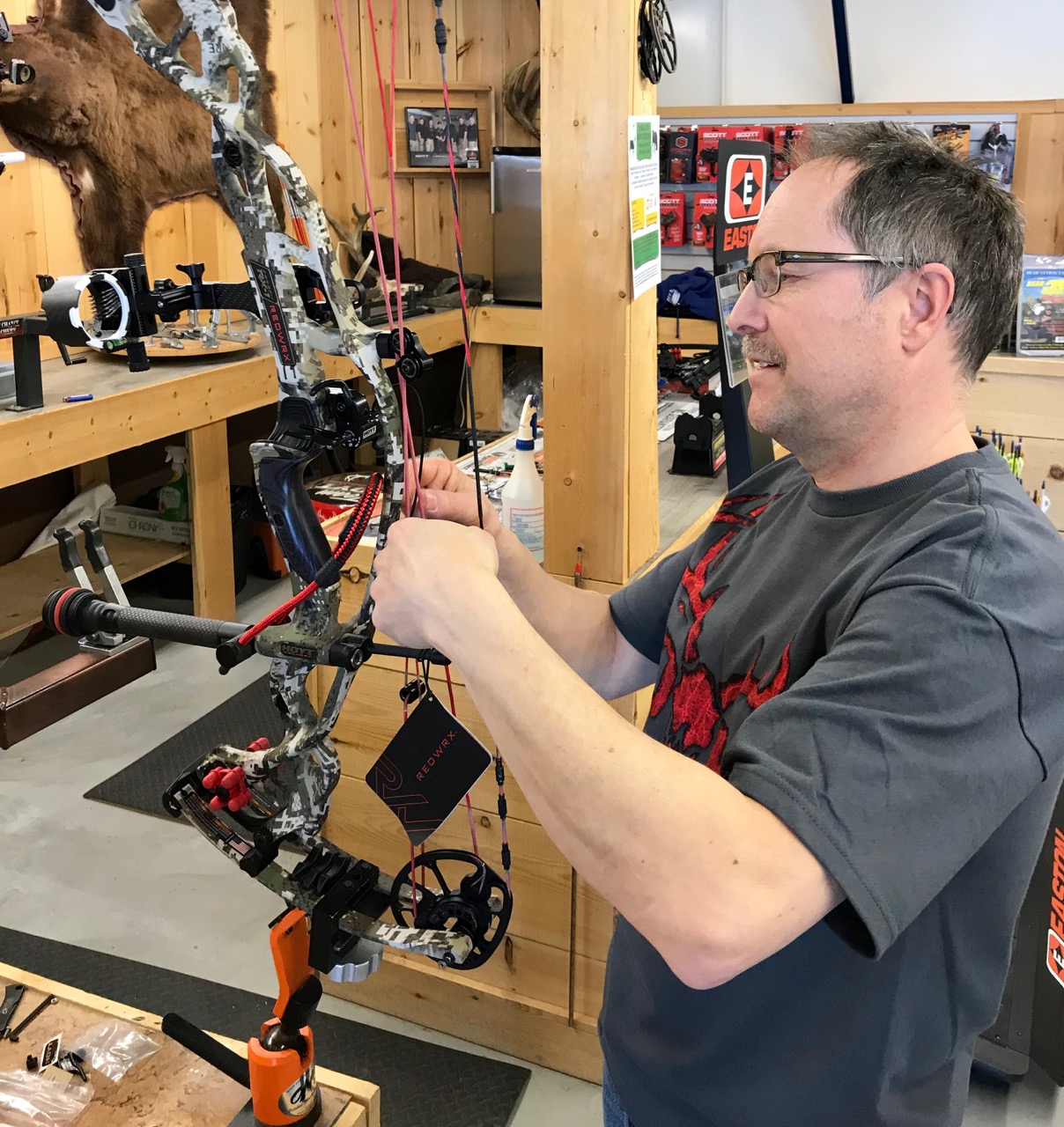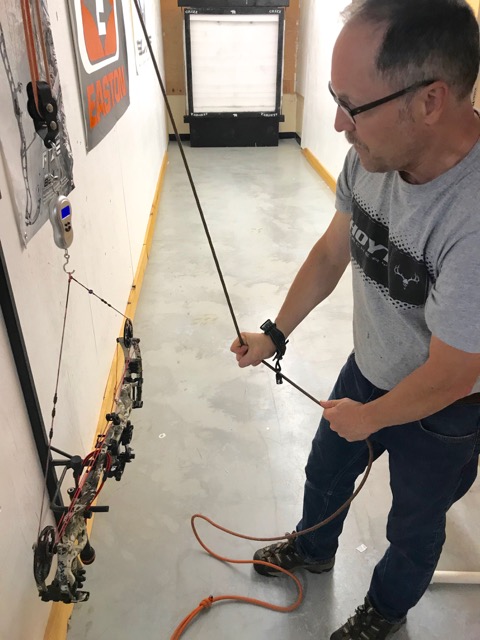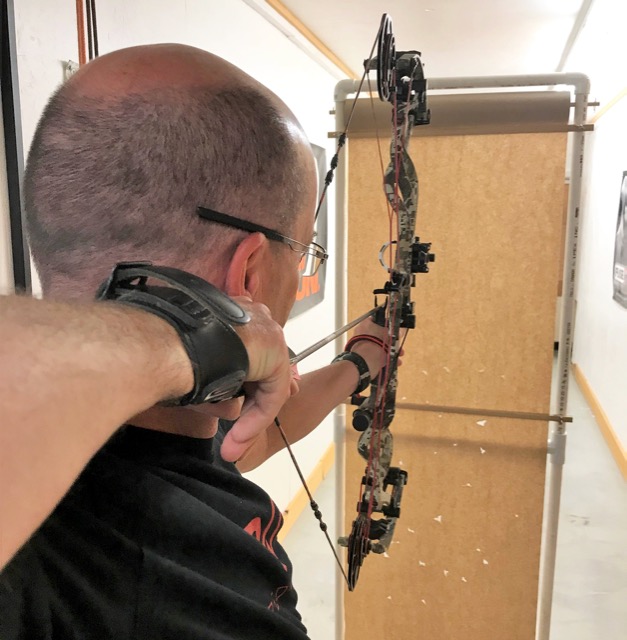On target
Keep your compound bow shooting true with this tuning trifecta
Advertisement
Have you ever shot your compound bow only to find you can’t group your arrows? Don’t worry—you’re not alone. Like vehicles, compound bows require regular maintenance, and most could use a tune-up. If you’ve taken care of the basics, such as matching your arrows to your poundage and draw weight, there are three main culprits if your bow is out of whack: the timing, centre shot and sight-pin settings. Here’s what you need to know to get back in the game.
Advertisement
TIMING
No matter how skilled you are as an archer, if your timing is off, it’s pretty much impossible to shoot tight groups. Today’s bows are high-tech instruments engineered to deliver arrows with precision, but only if all the working parts are synchronized. That makes timing arguably one of the most critical aspects of tuning a compound bow.
If you have a two-cam bow, it’s important that both cams roll over in sync with each other, and reach full rotation at the same time. Otherwise, your pull at full draw will be uneven and your shot will inevitably fail to hit its target. On a single-cam bow, the cam should rotate to the position the manufacturer intended, usually identified by a timing mark.
Advertisement
With a two-cam bow, you can check if the timing is off by drawing back the bowstring and having a friend observe the rollover between the top and bottom cams. If one cam reaches its draw stop, or “wall,” before the other, then your timing is off and requires some adjustment. You can also bring your compound to a trained technician, who will likely use a bow scale to check the timing.
If your bow’s timing is indeed off, you’ll need a bow press to adjust the cables. Because of the extreme limb tension, however, I recommend for safety’s sake that you ask a technician to do the work. But if you’re confident you can do it safely and correctly, you can adjust the cam positions by adding or subtracting twists to the cables. There are some good online video tutorials to take you through the process.
CENTRE SHOT
“Centre shot” refers to how well the arrow, from the nocking point on your bowstring, is aligned with the arrow rest. If the arrow, string and rest are improperly aligned, the arrow will fly to the left or right. While some technicians eyeball it, centre shot is most often set using a special centre-shot tool.
To test if your bow’s centre shot is correct, shoot an arrow through paper and examine the tear to determine which direction the arrow is kicking. If the hole and tear created by the shaft and fletching is symmetrical, your arrow flight is good and the centre shot is true. If it’s tearing in a biased direction, however, the centre shot is likely off.
As a rule, the nocking point, or your D loop, should be set 1/8 of an inch above horizontal when the arrow is nocked on the string and settled on the rest. By properly setting the nocking point, then aligning the rest, it places the arrow in the centre of the power stroke when the limbs are drawn and loaded. Essentially, when the string is released, it drives the arrow through to its stopping point and sends it downrange. Only by ensuring precise alignment from the string down the shaft of the arrow and across the rest can proper centre shot be achieved.
[easy-tweet tweet=”Check out this crucial bow-tuning and maintenance info from an Alberta hunting guide” user=”OutdoorCanada” hashtags=”bowhunting, archery”]
SIGHT PINS
With the timing and centre shot squared away, your final tuning efforts should focus on setting the sight pins. To do this properly, begin at close range. With most adult bows, start at 20 yards, then move farther away to 30, 40, 50 yards and so on. Your shortest distance pin sets the stage for all the others. First adjust for elevation (up and down), then windage (left and right). Once that first pin is dialed in, proceed with the others.
Remember, always chase the arrow with your adjustments. If you’re shooting consistently high and left, for example, you’ll need to move your pin up and to the left until you consistently put your arrows on the button. And only then will you be ready to draw with confidence in an actual hunting scenario.



